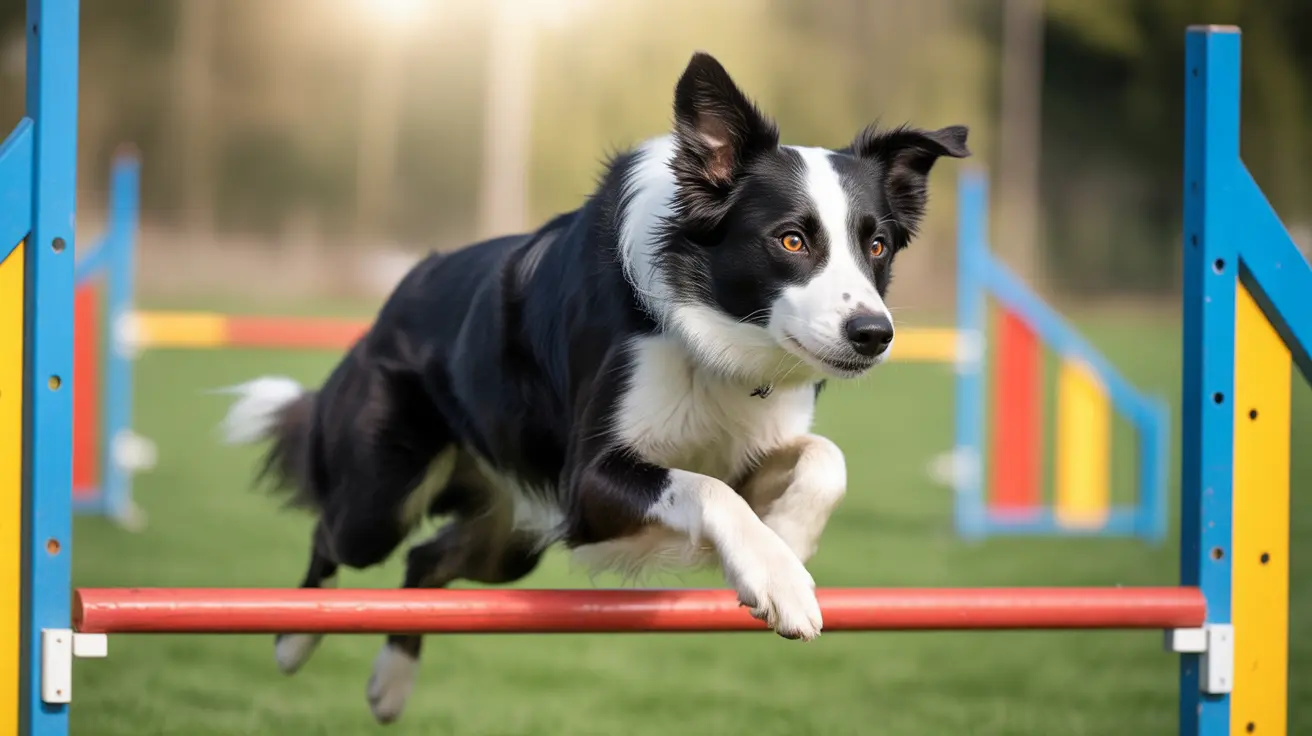Should You Leave the Light On or Off for Your Dog at Night?
Many dog owners ponder whether their furry friends prefer the light left on during the night or if it's better to turn it off. While dogs are not naturally afraid of the dark, individual experiences and health conditions can change their comfort level in low-light environments. Understanding the nuances behind this preference is crucial for creating a peaceful and secure space for your pet.
How Well Can Dogs See in the Dark?
Dogs have significantly better night vision than humans thanks to their rod-rich retinas and a reflective layer in their eyes known as the tapetum lucidum. These features enhance their ability to detect movement and shapes in dim lighting. However, their vision isn't perfect in complete darkness, and dogs still rely on other senses, such as hearing and smell.
When a Dog Might Be Uncomfortable in the Dark
Although most dogs navigate low-light spaces with ease, some may develop fear or anxiety associated with darkness. Here are common causes:
- Past negative experiences: Dogs that were startled, punished, or left alone in the dark may form lasting negative associations.
- Separation anxiety: Once nighttime quiets the home, solitude may intensify feelings of isolation.
- Age-related changes: Older dogs may face declining vision or cognitive issues that make dark settings confusing or stressful.
- Reduced senses: Dogs with impaired vision or unfamiliar with an area can struggle in the dark.
- Noises at night: Creaks, rustling, or distant sounds can trigger fear when it’s dark.
- Change in environment: A new home or life change can increase stress at night.
- Lack of exposure: Puppies or recently adopted dogs may have never been alone in the dark before.
- Trauma: Dogs with difficult pasts might associate darkness with confinement or neglect.
- Temperament and breed: Some breeds are more prone to anxiety, possibly heightened in darkness.
Signs Your Dog May Fear the Dark
Recognizing behavioral changes can help uncover a fear of the dark. Look for these signs:
- Hesitation to enter dark areas
- Increased barking, whining, or restlessness at night
- Clinginess or seeking proximity to humans
- Destructive behaviors when lights go out
- Hiding or frantic attempts to escape dark spaces
How to Help Your Dog Feel Safe at Night
If you suspect your dog struggles with darkness, there are several steps you can take:
- Use a nightlight or soft lamp: Especially helpful for senior dogs or those with anxiety.
- Create a cozy bedtime spot: Familiar bedding and a safe, accessible location help promote security.
- Gradual exposure and positive reinforcement: Use treats or toys to associate dark spaces with positivity.
- Stick to a calming routine: Evening walks, affection, and familiar scents can prepare dogs for restful sleep.
- Reduce sudden or loud noises: Invest in soundproofing or white noise machines if nighttime sounds disturb your pet.
- Consult a veterinarian: Unexpected fear or behavioral shifts may indicate medical issues like declining eyesight or cognitive dysfunction.
- Explore calming aids: Options include wraps, pheromone diffusers, or vet-recommended supplements.
- Seek professional help when needed: An experienced trainer or behaviorist can develop a tailored approach.
- Avoid punishment: Never scold or force your dog into dark spaces, as it can reinforce fear.
- Address separation anxiety: Consider crate training with positive reinforcement or placing the dog’s bed near your room.
Is Leaving the Light On Always Necessary?
Not all dogs require night lighting. If your dog sleeps peacefully through the night and shows no distress, leaving the light off is perfectly fine. However, for those with signs of stress, anxiety, or age-related issues, a small, steady night light can provide enough visibility to boost comfort and confidence without interfering with rest.
Final Thoughts
There’s no universal answer to whether it’s better to leave the light on or off for dogs. Each dog has unique preferences and needs shaped by personality, experience, and health. Understanding the underlying cause of any discomfort and providing a safe, predictable nighttime environment are the best ways to ensure your loyal companion sleeps soundly each night.





